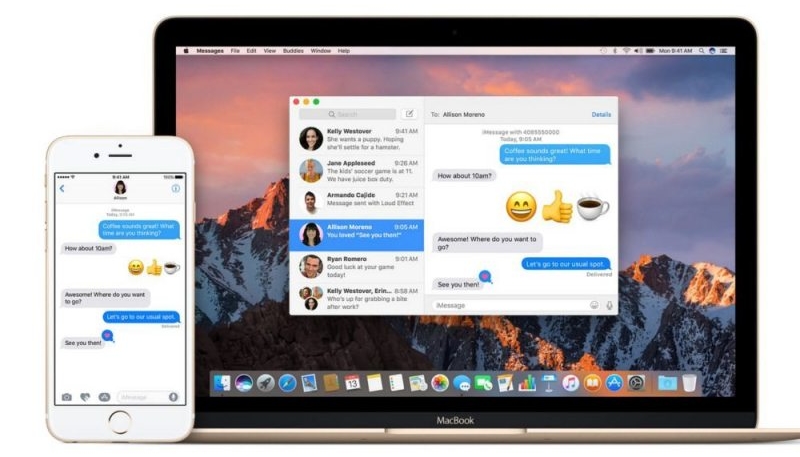Apple’s Popularity With Gen Z is Due to Its Fear of a Green Text Bubble
 Credit: Apple
Credit: Apple
Toggle Dark Mode
Americans born after 1996, also known as “Gen Z”, prefer Apple devices over Android devices by a large margin. Social pressure over the green text bubbles from Android users is part of the reason for Apple’s supremacy, says a Financial Times report.
Financial Times further suggests that young consumers in the U.S. are concerned that they might be social outcasts for not owning and using an iPhone. This spurs Gen Z’ers to purchase an iPhone, which marks their entry into the Apple ecosystem. The “sticky” nature of Apple’s brand leads them to buy more products and accessories later.
Why Gen Z Prefers the iPhone
Gen Z members account for 34% of all U.S. iPhone owners while accounting for just 10% of Samsung handset owners. (Samsung phones are powered by Android.) Z’ers not only prefer the iPhone, but they also show a tendency to purchase other devices in the Apple ecosystem, including AirPods, Apple Watches, and Macs.
Even though the iPhone has an average selling price of nearly three times that of Android devices, research by Canalys indicates that for every 100 iPhones Apple sells internationally, 17 Apple Watches, 35 pairs of AirPods, and 26 iPads are also purchased. (Not by the same Gen Z’er, of course.)
Credit Suisse analyst Shannon Cross says that the strength of Apple’s ecosystem gives it an advantage over the competition. “It really makes it hard to change the trajectory. Apple is just going to continue to gain share over time.”
The Green Text Balloon Issue
Researchers tracking the buying preferences of Gen Z consumers told Financial Times that Gen Z’ers spend an average of up to six hours a day on their smartphones, the most of any age group. This leads to Apple’s ecosystem helping to shape buying decisions. At least some of the influence is due to iMessage’s importance in social groups, which is related to the green text balloons in chats from Android users. Android is seen as providing a lacking experience when it comes to group chats via SMS.
The green text balloons definitely signal which chat users are on an Android device. Plus, when iPhone users send videos or photos to a group, they often show up smaller than they would show up in iMessage.
24-year-old chief executive of a men’s grooming business, Annelise Hillman says there is plenty of social pressure to buy an iPhone. “A green message — anyone with an Android — throws off the entire chat, because now the whole thing has to be SMS.”
It should be noted that the blue text balloons and other added features available to iMessage users are by Apple’s design, as the Cupertino firm works to create a “closed” system. It is a strategic move to further encourage users to stay in the Apple ecosystem, where they will buy other Apple devices, accessories, and services.
What About The Rest of the World?
While iMessage is less prevalent in Europe (Android has a larger market share), the trend is also visible there. Canalys research shows that 83% of Apple users in Western Europe 25 years old and under plan to continue carrying an iPhone in the future. This means the trend is likely to continue in the future, with Android phone makers finding it increasingly difficult to capture new customers.
An earlier version of this article was published by Mactrast.







